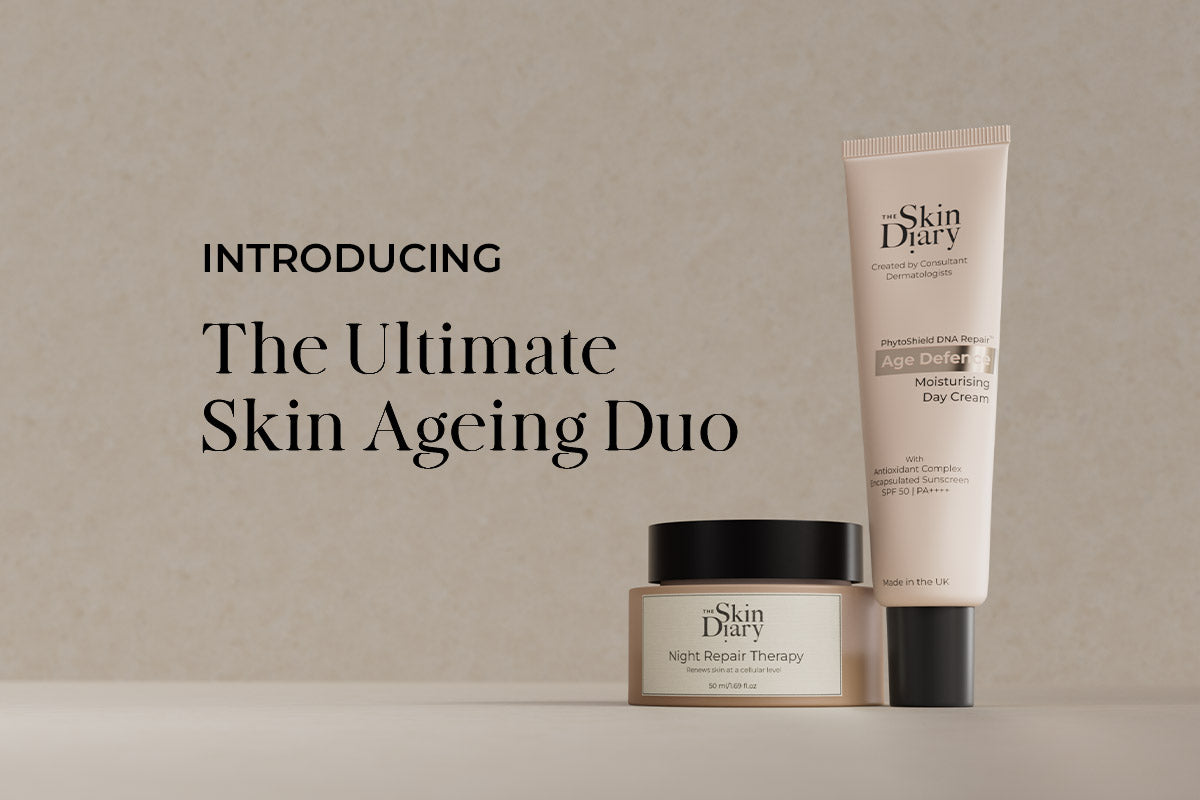The best skincare routine often lies in getting the basics right, and that includes cleansing. Washing our face is something all of us do daily (ideally twice daily), but how well are you doing it? Although it’s a basic aspect of our everyday hygiene, how you approach cleansing your skin can impact your complexion overall.
It doesn’t have to be complicated, either. Follow these simple 6 rules to achieve a cleaner, happier and healthier skin barrier.
Cleansing best practices
1. Choose a cleanser suitable for your skin
The first step is making sure the face wash you’re using is suitable for your skin type, condition and preferences. There are lots of formulations and ingredients that go into making cleansers, with plenty of fantastic ones to choose from.

Dry skin types can look for a face wash that aims to remove grime while maintaining moisture levels. People with dry or menopausal skin tend to prefer creamy cleansers over foaming washes.
-
Oil, balm or creamy cleanser formulas
-
Ingredients that prioritise moisture

Sensitive skin types may require a little trial and error, but in general, basic cleansers that don’t contain any actives are a good place to start. If you’re particularly sensitive, you may want to try a formula without fragrance to begin with.
-
Oil and creamy cleanser formulas
-
Doesn’t contain essential oils
-
Doesn’t contain fragrance if particularly sensitive

You may choose a cleanser with ingredients like salicylic acid to help thoroughly cleanse without the need for harsh scrubs. Just don’t overdo these cleansers, as you risk drying the skin out and disrupting your skin barrier.
-
Gel, creamy and foaming cleansers
-
Prioritises a thorough cleanse without stripping the skin
-
Opt for chemical actives (e.g. salicylic acid) over physical scrubs

It’s a good idea to use an oil or balm cleanser first to gently but effectively remove excess makeup and grime from the day with a muslin cloth. Some people opt to do a ‘double cleanse’, which means following an oil-based cleanser with a cream or gel-based formula. It’s a little bit like hoovering the kitchen before going in with your mop to finish up the job.
-
Oil and balm cleansers on dry skin removed gently with a cloth
-
Followed by another cleanser to ensure a clean canvas ahead of skincare
2. Cleanse for a sufficient amount of time
Cleansing doesn’t have to be arduous, but making sure you’re not being too slap-dash is a good idea. Using your fingertips, massage your face into all areas of the face and neck, not forgetting the hairline, jawbones and around the nose. This is particularly important if you wear makeup. Try to massage each area for a good few seconds before moving on and then emulsify with water to remove.
3. The twice-a-day rule
We’re told from a young age that, just like brushing your teeth, washing your face twice a day is a must. However, your morning and evening cleanse can look very different. In the morning, most people require a quick gel cleanse or even just a splash of water to remove sebum and sweat from the night. There’s no need to use elaborate or harsh face washes twice a day if your skin is happy with a quick splash cleanse in the morning.
4. Lukewarm water will do it
Washing your face in the shower is a great time saver, but it might be drying out our skin if you like a steaming hot shower. Using lukewarm water at the sink means you won’t be tempted to just quickly wash with water that’s too hot for your face.
5. You don’t need a fancy cleansing brush
Your fingertips are the best when it comes to cleansing as electric brushes can sometimes be a little harsh on the skin’s delicate barrier. To help remove complexion makeup, a muslin cloth used gently does the job. If you struggle with mobility, opt for a gentle cleansing brush or a reusable cotton cleansing cloth.
6. Save the face wipes for camping
Face wipes are great for things like camping, hospital stays, and accessible access to hygiene, but if you can cleanse using a face wash and bowl of water, your skin will thank you for it. Wipes can be effective at removing makeup and grime, however, generally require several wipes with multiple rounds across the face, which can be quite harsh on the skin. “Furthermore, wipes need to be formulated with preservatives in order to remain fresh and mold-free; whilst this can be fine, in some people leaving the product residue from the wipes on skin can be a source of irritation. Rinsing with water means that this risk is lower,” explains Dr. Beibei Du-Harpur, dermatologist and scientific engagement lead at The Skin Diary.
Why does cleansing your skin thoroughly matter?
The main role of cleansing is to, well, cleanse. Dirt, oils and matter from pollution can accumulate throughout the day so removing this to ensure oxidative stress is minimised is important, as this can lead to accelerated skin ageing and trigger pigmentation. If you wear makeup, it’s important that this is removed properly to ensure you’re applying nighttime skincare products on a clean canvas. Daily face washing and drying gently with a towel can be considered a form of gentle exfoliation, which can help to limit breakouts and keep skin smooth and clear. Removing sebum reduces the risk of conditions such as seborrheic dermatitis; the main skin condition that can be triggered by not washing the face regularly.





